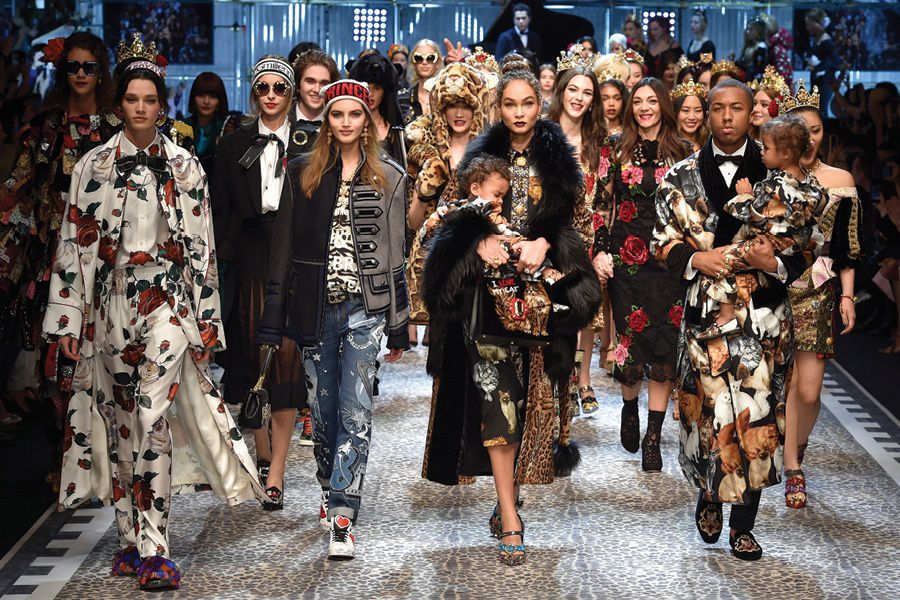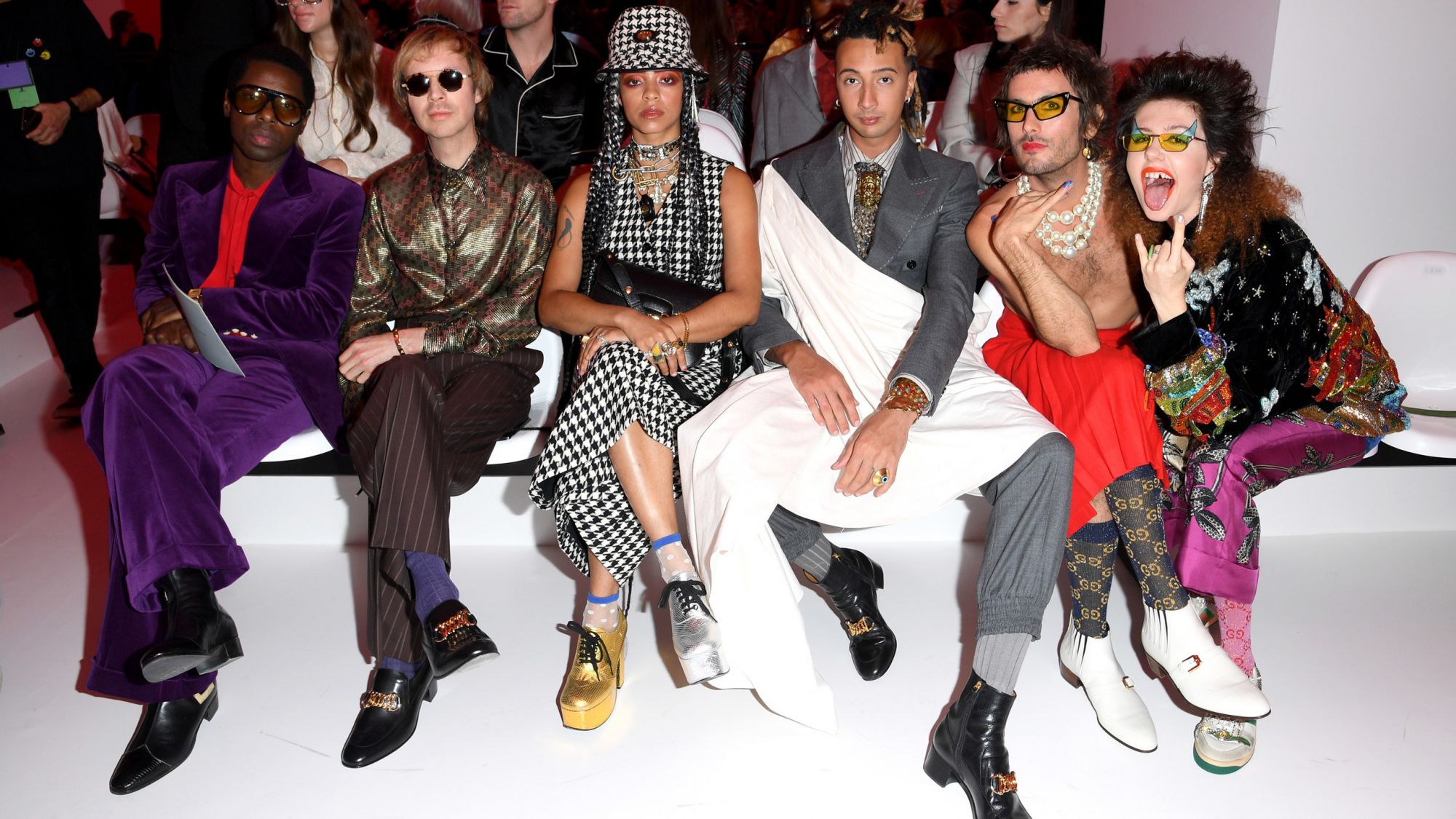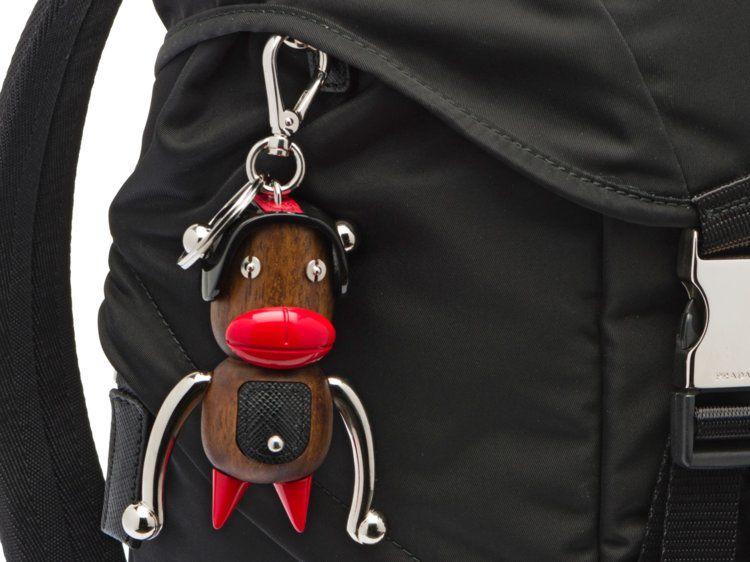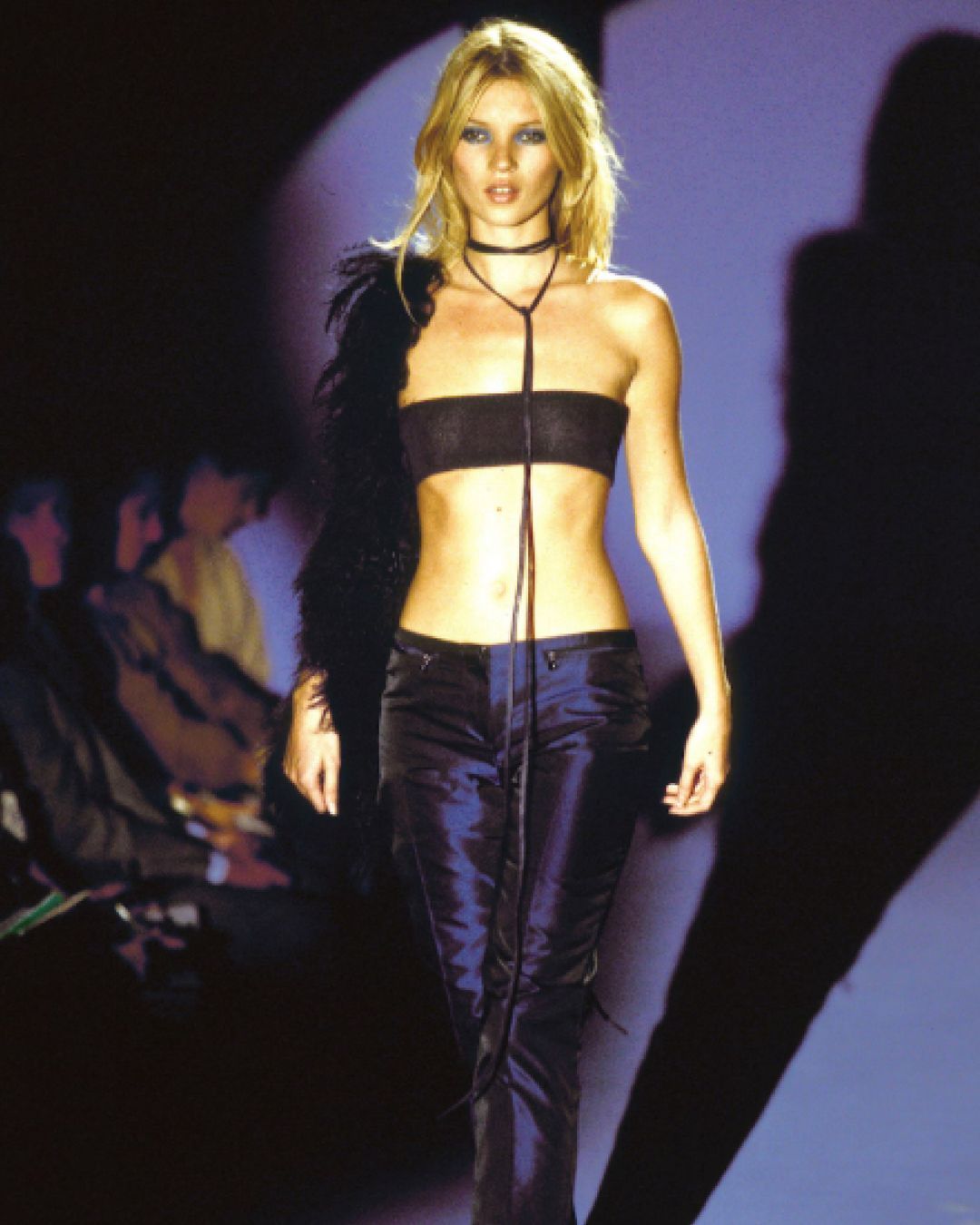
Op-Ed: Milan is still the least diverse of all four fashion cities The issue stems much deeper than the variety of different faces we put in front of the camera
Milan is the city with some of the most progressive and forward thinking minds in all of Italy. The city’s current mayor Giuseppe Sala is a left-wing independent successfully leading an open minded alliance of citizens and politicians towards a light of hope.
Yet, recent activities, including but not limited to, celebrity Luka Sabbat's flagging of the city's rapport with people of colour causes us to question: in comparison to its sister fashion cities , London, New York & Paris. How progressive is Milan?
For the past 3-4 years, The Fashion Spot has been releasing diversity reports on the runways of fashion week across all four fashion cities. These reports include a survey of the use of models who are of colour, plus-sized, transgender, non binary & outside of the normal age range.
Each season , although the percentages of these reports may vary, the format of cities has remained more or less the same in terms of number. New York in first place, London and Paris at time may alternate between 2nd and 3rd, but one thing for sure is Milan almost always ends up in fourth place. From one the first reports done of the Fall 2015 runways up until the latest report done of the Fall 2019 shows, Milan has managed to consistently remain behind all of its fashion sister cities.
When asked about the discouraging results of the SS16 runways a few years ago during an interview , Camera Nazionale della Moda Internazionale (CNMI) Chairman Carlo Capasa insisted that the lack of representation in Milan had nothing to do with racial discrimination, “We’re very much focused on pleasing everyone in Milan, and it’s hard to see a fashion show without two or three ethnicities represented on the runway — its almost impossibile. How I see Milan, is that there isn’t really a racist population. Milan doesn’t know discrimination based on skin color,” he explained.
Now it might have been too generic and ambitious to state that an entire population isn’t racist, especially considering the Salvini movement that followed not long after, but the more precise issue is that the Milanese fashion industry only refers or thinks of diversity as something on the runways and in front cameras. In Milan, when the topic of diversity is brought up , it almost always is in referral to models only. However the issue stems from a much deeper place than that.
Diversity and inclusion on a whole is not just for the simple purpose of checking a box , but it includes benefits that helps a company to strive, naturally people in higher positions not only offer different backgrounds and perspectives but are inclined to employ people similar to themselves. This includes everyone else behind the cameras before the final result, including casting directors, photographers, stylists, editors, designers etc.
During fashion week, Milan’s runway seating is pretty diverse including editors, stylists and others fashion insiders who travel from London, Paris and other cities for the big shows. However what would happen if one was to have a fashion show in Milan and only invite the editors, influencers and top industry personnel based in the city? How diverse would that be ?
Milan is one of the least diverse cities in the world in terms of fashion personnel, and someone like myself is able to attest to that simply because I can count the quantity of people of colour actively involved in the industry on my hands, and that is just one branch of diversity.
Take for example CNMI’s latest grotty video “Hotel Diversity.” From that campaign 2 out of the 7 models featured were non-white. Which is more of less ok, but zoom out on the wider scale of things, of the over 30 people involved in the production of the project, only 3 of them were people of colour, which includes the 2 models and 1 designer. This pattern is not an issue distinctive to CNMI, but is something that plagues the entire local industry. Earlier this year, when Italian brands Gucci and Prada both got into scandals involving accusations of blackface, their first instinct was to hire people of colour to help resolve the issues, had these people of colour been employed before, these scandals and potential brand boycotts could have been avoided.
Limiting diversity to the confines of models, or the faces in front of the cameras is like putting a band-aid on a deeply infected wound.
This lack of representation in these other capacities is not to say that there is a lack of diverse resources in the city. It’s simply to say that they are not being supported or nurtured. “There is a lack of opportunity and access for people of underrepresented backgrounds in the fashion industry,It’s a systemic issue tied to the homogeneity of industry leadership,” explained Erica Lovett, Condé Nast's Director of Inclusion & Diversity
The concept of creating a diverse industry is really much simpler and important than it sounds. When one is publishing a magazine or selling clothes with the hopes that most or all members of a population will purchase, it must reflect and include the perspectives of the range of variety included in that population.
When someone takes a ride on the metro in Milan, or even takes a walk on Monte Napoleone there are people of all sizes, races , ages, shapes and genders so why is that we are so often trying to sell to these people from a single minded perspective? Why aren’t our boardrooms, production and editorial teams reflecting this?














































